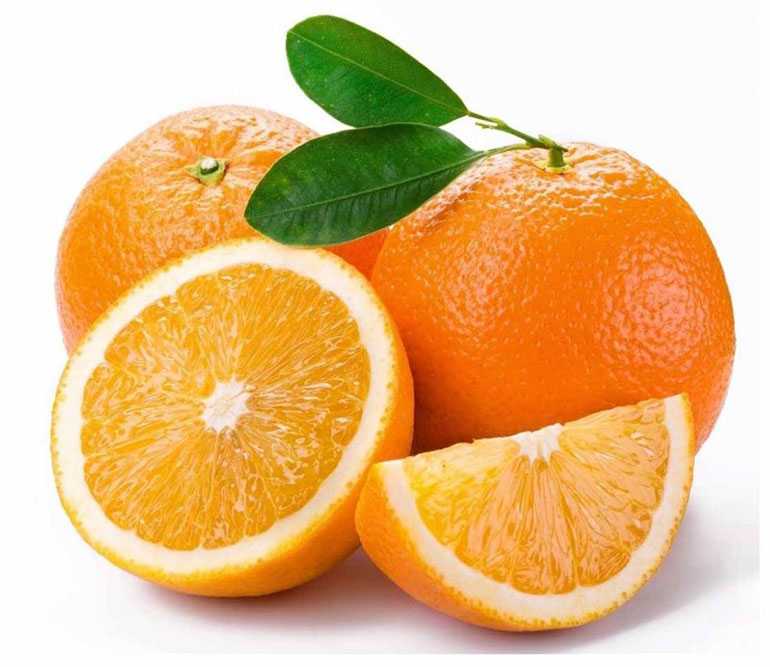HOW DOES IT WORK?
Transitioning to organic farming takes time. Converting conventional crop land and pasture to organic takes three years before it can be certified. During conversion and after, the use of toxic, persistent pesticides, most commercial fertilizers, GMO seeds and sewage sludge are strictly prohibited. Organic cows eat an all-organic, non-GMO diet, and are not treated with growth hormones or antibiotics. And they spend a minimum of 120 days a year outside, grazing on organic pasture.

USDA ORGANIC
Want to know if a food or beverage is certified organic? Look for the USDA organic seal. Products can display it only after a third-party certifies that federal organic standards for production and handling have been met. After certification, operations go through annual reviews and inspections to ensure continued organic compliance. Our founders actually played a key role in helping develop the National Organic Standards and the USDA organic seal back in the 1990s, and Horizon Organic was the first brand of organic milk with nationwide distribution.

BEYOND THE BARN
Our cows get lots of attention, but what about the other wildlife on our farms? Organic standards require that farms maintain or improve their natural resources—including wildlife habitat and soil and water quality. The health of the farm’s entire ecosystem is taken into account.

SOIL AND PASTURES
Organic farming relies on methods like cover crops, crop rotation and managed grazing to help keep soils healthy. And, of course, toxic, persistent pesticides, herbicides and prohibited fertilizers are not used on the land. Keeping the soil happy means lush pastures for our cows. And that means delicious milk for your family. Stewarding the soil and land with organic practices can also help reduce erosion and flooding. Check out this short video from The Organic Center.
